What to expect from Android Wear (and if Apple should be scared or not)
This article may contain personal views and opinion from the author.
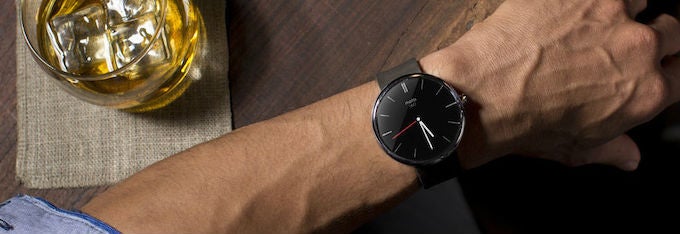
Before today, it was extremely difficult to know what to expect from Google's official wearable solution for Android. There were a couple reasonable assumptions that could be made, like the fact that an Android-based wearable would likely rely heavily on Google Now, both with its card interface and its voice command system. But, it was hard to know what to expect from the hardware or the overall software experience. Now that Android Wear has been unveiled, the assessments can begin.
I have to start out by saying that like many of you, I was very excited when I saw the initial videos for Android Wear, and even more excited when I saw the teaser for the Motorola Moto 360. I have never worn a watch with any regularity; and, since high school (read: since beginning to carry a cell phone), I have never worn a watch as anything more than a fashion accessory for a night. But, I can easily see that habit changing soon. However, unlike most of you, my job relies on my ability to set aside that excitement and take a look at what we should really be expecting from Android Wear. As great as the videos looked, there are some concerns to be had with Google's offering, which I'll get to as we go. First though, we should start out with what we should expect from the coming wave of Android Wear devices.
How the software will work
Notifications and apps
To start off with Android Wear, you should understand the UI and the navigation options that Google is going for. The home screen for Android Wear is comprised of three basic elements: a clock, a Google button, and your notifications. Swiping down will show both a clock and a battery level indicator. Tapping the Google button will launch the voice commands. And, swiping up will bring up your notifications, which are stacked on the bottom. Once you're in a notification, swiping from the left will dismiss the notification, and swiping from the right will bring up the action items.
 This is where you start to see the bits of Android coming through. On an unoptimized app, the notifications will only have one option, "Open", which will obviously open the app on your phone. Optimized apps will have more available "pages". With some apps, like Calendar, a page could be notes on an event, or an action item like "Navigate". For example, Gmail currently has options for "Delete", "Reply/Reply All", and "Open". Based on the videos, these action items will all be available through voice command, not just swipes and taps.
This is where you start to see the bits of Android coming through. On an unoptimized app, the notifications will only have one option, "Open", which will obviously open the app on your phone. Optimized apps will have more available "pages". With some apps, like Calendar, a page could be notes on an event, or an action item like "Navigate". For example, Gmail currently has options for "Delete", "Reply/Reply All", and "Open". Based on the videos, these action items will all be available through voice command, not just swipes and taps. It should be noted that most of the interactions that you'll find in conjunction with a notification car will actually be passed through the watch and completed by your phone. When you reply to a message using a voice command, the message will be relayed to your phone and sent in the background. Some actions, like navigation will show the turn-by-turn instructions on the watch, but it is safe to assume that the actual navigation work is being done by an accompanying smartphone and not by the watch itself. These kinds of actions speak to the relative limitations of the platform when it comes to being a true smartwatch that can function independent from a smartphone. This may be expected right now, in the early days of wearables, but it could also mean that 3rd party developers will have limitations in the functionality they will be able to offer.
Voice
In watching the videos and seeing how the system works in the preview SDK emulator, it is clear that there are really two main focuses that Google wants to get right when it comes to wearable devices: notification management and voice commands. Notification management seems to be very well handled, based on the early look at the platform. Unfortunately, the preview build of the Android Wear SDK doesn't have voice options enabled, but that hasn't stopped Google from setting expectations quite high.
Google wants Google Now voice actions to be in full force with Android Wear, and it shows. The videos have people interacting with their devices through voice commands quite a bit. And, the Android Developer site even has this gem showing what commands will be available:
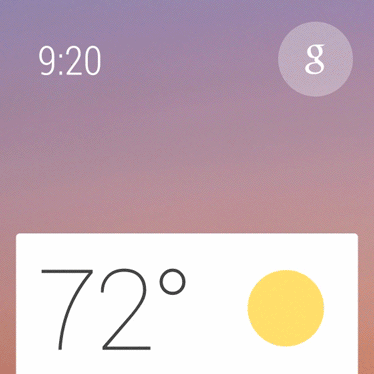
As you can see, Google has the main voice command options available, including: alarms, reminders, messaging, navigation, media controls, placing calls, making reservations, and even the song recognition command. Maybe even more interesting is that in the videos for Android Wear, Google shows a couple times that voice command will be always listening. This is actually something of a red flag for me.
Okay, maybe not a full red flag, but certainly something I'd like to know more about. The issue is simple: battery life is always a concern with mobile products and even more so when it comes to wearables, which have small form factors and simply can't fit a large battery into the device. Having a smartwatch that is always listening and ready for the "OK, Google" command makes for a great video, and will certainly be very nice as far as functionality, but I can't help wonder what that feature could mean for the potential battery life of an Android Wear device.
It is possible that the always listening will actually be context specific. For example, when you raise your wrist to view a notification, the listening would kick in and wait for a voice command to interact with that notification. Similarly, Google Now may not begin listening until there is an accelerometer cue either. This would certainly help with battery life, and would be in line with what the videos showed.
Context
Of course, there will be more than just the notification cards that are generated by apps on your phone. Beyond those, there are also contextual cards that will show based on what you're doing. These can come in various forms and be triggered by a number of sensors. A couple of the key examples in the videos were the location-based trigger that showed a jellyfish warning to the surfers and then suggested other nearby beaches, but the more interesting one was from the dancing girls. The example there showed that the watch was able to recognize that the girl was dancing, and asked if she wanted to identify the song that was playing at the time. Presumably, this one is also using the microphone to make sure that the song isn't just in a pair of headphones.
Other contextual cards that will be featured will be the same that you'll recognize if you use Google Now. This would be location-based, like navigation suggestions based on recent Google searches or Calendar events, boarding passes when you're at the airport, or interesting places/restaurants nearby. Or, they could be cards based on what Google thinks you might want, like sports scores, birthday notifications, and weather alerts.
Android Wear hardware
The most interesting general reaction from all of today's announcements is the simple fact that smartwatches no longer have to be square or rectangular, they can also be circular. You know, like the majority of watches that currently exist on the market. In Google's promo materials, we saw both options, and then in the announced hardware afterwards we also got one of each.
The LG G Watch will be the first Android Wear device on the market, but there isn't a lot that is known about it just yet. The image that has been released showed a simple black plastic rectangle and not much else. It is safe to assume that the G Watch will be a lower cost option because LG flat out said that it wanted to offer a "low barrier to entry" for developers. It is probably also safe to assume that the G Watch will be representative of quite a lot of the Android Wear smartwatch options that come out in this initial run. Android has been impressing consistently in the high-end market, but Google's plan is to get devices to the most users possible, and that means the low-end will be important as well.
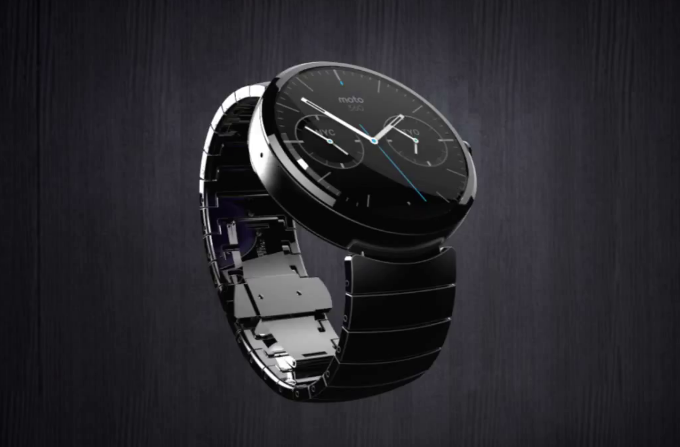
Motorola seems to be taking on the high-end of the initial smartwatch offerings. The Moto 360 looks absolutely beautiful, and is 100% in the "take my money" realm. Motorola will be detailing the design of the device during a Google+ Hangout tomorrow, but the 360 has already been shown to feature a round metal face with swappable bands of either metal or leather. Motorola isn't going to be doing much (if anything) on the software side, so it is doubling its efforts to put forward a well designed device made with premium materials.
And, Motorola isn't the only company that is likely to be bringing a "premium" Android Wear smartwatch to market. Fossil has also announced that it is working with Google to bring a smartwatch to consumers. Fossil said that it is committed, but don't expect to see anything too soon, because the company is still firmly in the "formative research and development stage". Still, it's always good to know that more companies are in on the smartwatch trend.
The real question there is in exactly what these devices will cost. There is no real "standard" price when it comes to smartwatches right now, but there are some general trends starting. The base price on smartwatches tends to range from $150 (OG Pebble) to $200 (Sony Smartwatch/Samsung Gear 2 Neo), while "premium" smartwatches range from $249 (Pebble Steel) to $299 (Samsung Galaxy Gear). Given these trends, it seems reasonable to guess that the G Watch will cost around $150 and the Moto 360 will likely be around $249.
It should also be noted that although only smartwatches were shown today, Google named this "Android Wear" for a reason. This is the system for wearable devices, and that includes Google Glass. There have been rumors that Google is prepping an update to Android 4.4 for Glass, but that had been delayed. It is obvious now that the delay was because Glass is going to be loaded up with Android Wear by the time it is ready for its public release. It may even be possible that Glass will see that full release before 2014 is out, which is an idea that I was skeptical of before today.
Is Apple scared?
Apple may not be scared after seeing what has been unveiled today, because Apple is a company that doesn't rattle easily. That said, Google (and Motorola) are trying to set the bar extremely high when it comes to smartwatches. Apple has had its biggest successes in markets that had potential that wasn't being fulfilled for various reasons. Media players were good before the iPod, but no one could put together the combination of large storage capacity with an easy music-buying process. There were plenty of smartphones before the iPhone, but none were able to combine an impressive touch experience with a proper web browser, and ultimately an integrated app store. Similarly, there were tablets before the iPad, but most were transforming laptops that couldn't really be said to have been designed with being mobile as the primary use case.
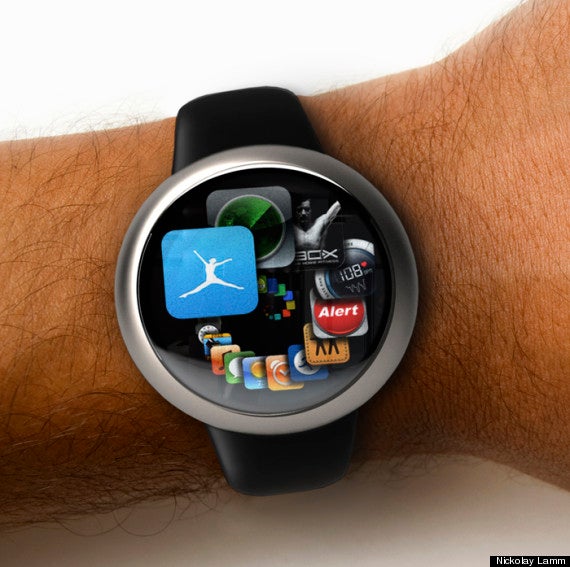
Of course, Android success is not a certainty. From a system standpoint, Google has been rock-solid recently, so there isn't a lot of reason to doubt how well the Android Wear platform will work overall. The question for Android, as always, is in developer support. As mentioned above, Google hasn't yet shown exactly how Android apps will be able to "extend" to wearables outside of notification push and notification quick replies. Google has implied that Android Wear may not be a platform for full-fledged apps at first, which could leave the door open for Apple.
Right now, smartwatches excel at notification handling, quick message replies, and various voice commands. Generally, this means that smartwatches excel at being accessories that are attached to a companion smartphone. There has been no indication that smartwatches need to be or would even benefit from being standalone devices, especially with battery life concerns being what they are right now. But, if Apple can figure out a way to offer a truly independent smartwatch, that could be a very interesting move.
The general thinking has always been that Apple will release an iWatch that would be a companion to the iPhone, but I'm not sure that's completely necessary. The iOS faithful will likely buy an iWatch regardless of how much it depends on the iPhone for functionality. I see this as something similar to the iPod, which found success with Windows users and Mac users alike. At this point, tying the iWatch to the iPhone actually limits the reach of the iWatch, and does nothing to extend the demand for the iPhone. However, if the iWatch were a more independent device that could run more full-featured apps and connect to any Bluetooth enabled device, that could be a device with the potential to rock the market. Of course, it's far too early to believe that is a likely plan for Apple.
Conclusion
On the functionality side of things, Android Wear looks like it should offer everything that you'd expect including notification handling, media controls, navigation, phone controls, and voice command options. The interface is the real star of today's announcement though. It has been a fairly recent thing to have faith in Google's design skills, so the fact that Android Wear looks as good as it does is still something of a surprise. Although, there are a couple concerns as to if it will look that good in real life. A lot of the pieces seem to pull images from Google+ profiles, so if your contacts don't use Google+, it will be up to you to make sure you have your Gmail contact info set up with nice images.
On the hardware side of it all, Motorola made today special for Android Wear. It was easy enough to assume that there would be a ton of plain plastic boxes like the LG G Watch, but it wasn't always a given that there would be proper premium smartwatches on the way. It will be nice to see options from other manufacturers offering premium materials, but at least Motorola is getting that ball rolling.
Overall, this summer looks to be an interesting one for wearables. There are still some nagging questions regarding the price of the devices, battery life with the always listening Google Now, and exactly what 3rd party developers will be able to do with the platform. Right now, Google is pushing the idea of "extending" functionality, both in extending the Android system and extending app features, but there's no idea what the limit is there. Having limits is a necessity for smartwatches right now, but it does leave the door open for future competitors from Microsoft and Apple.
Follow us on Google News



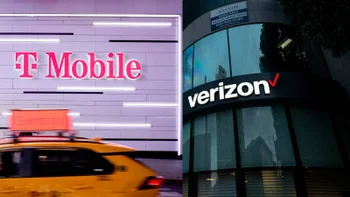
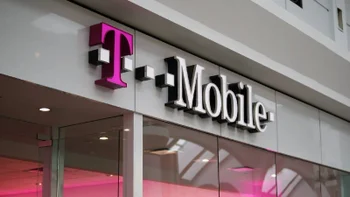
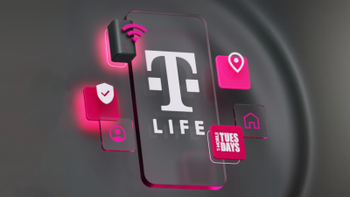

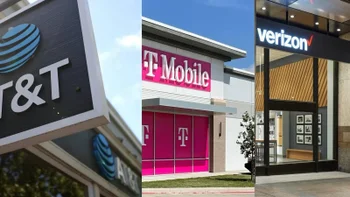

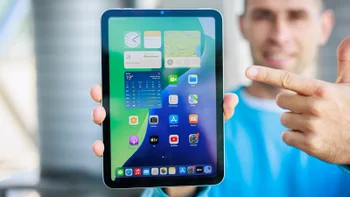

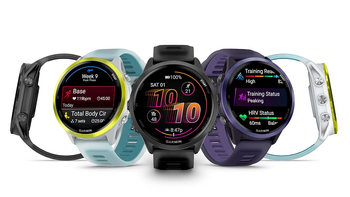
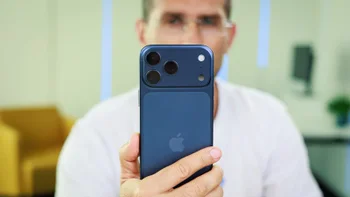
Things that are NOT allowed:
To help keep our community safe and free from spam, we apply temporary limits to newly created accounts: